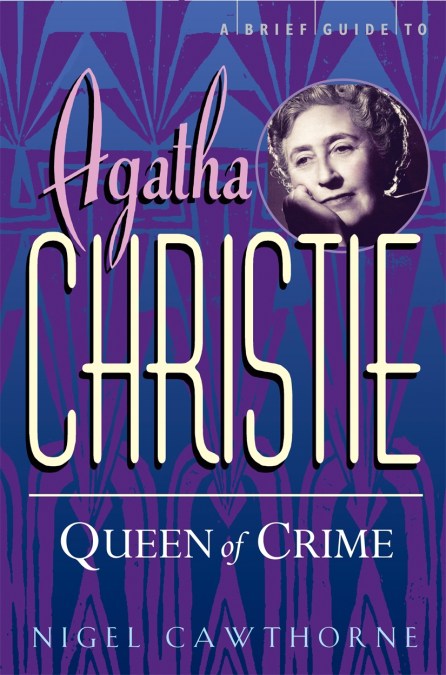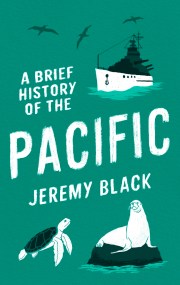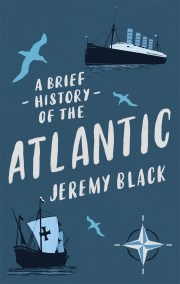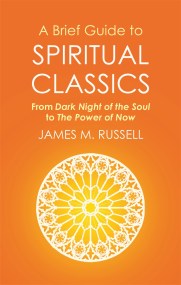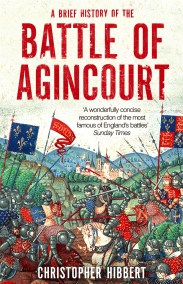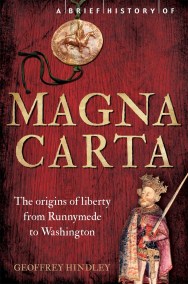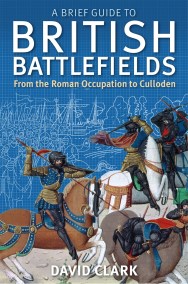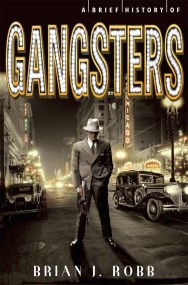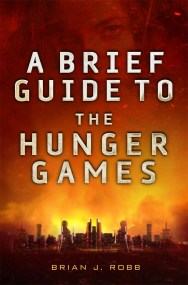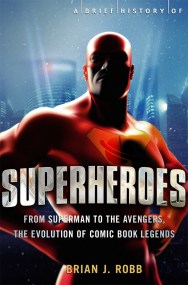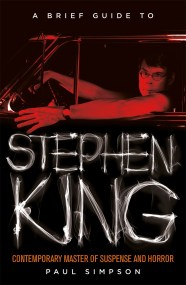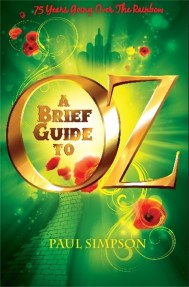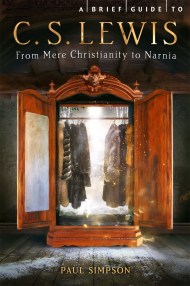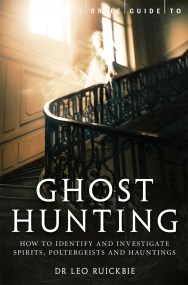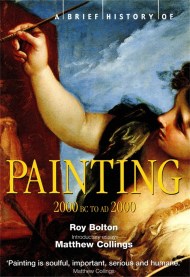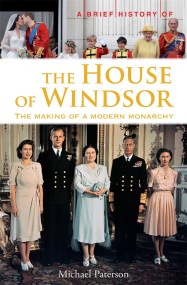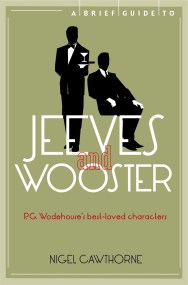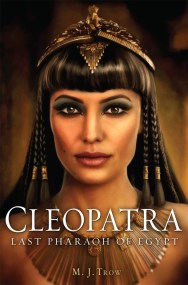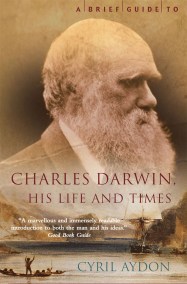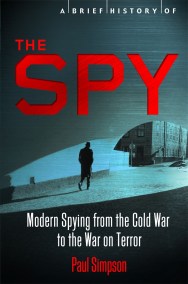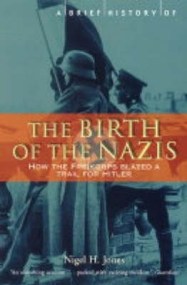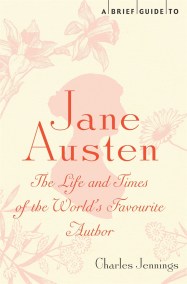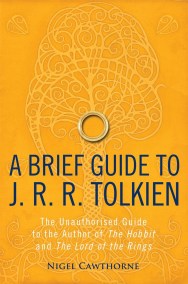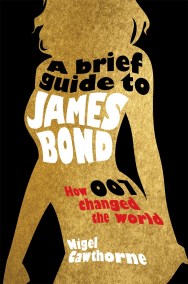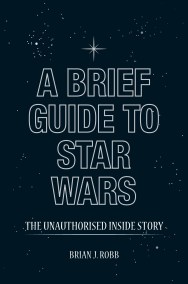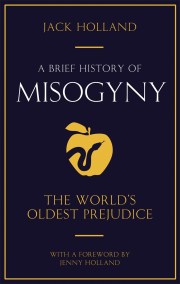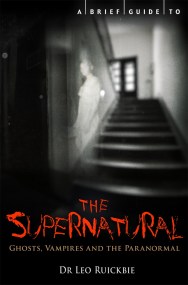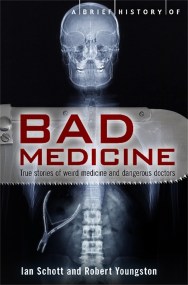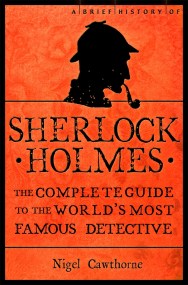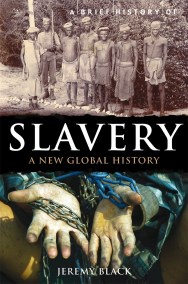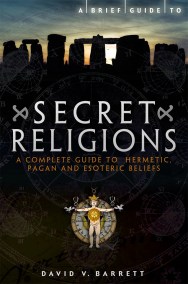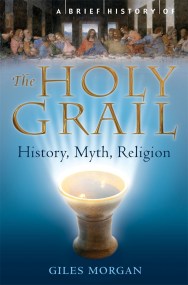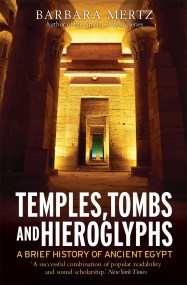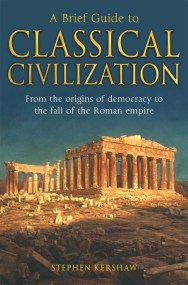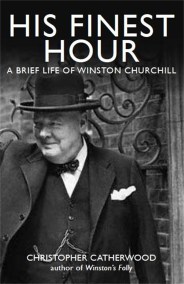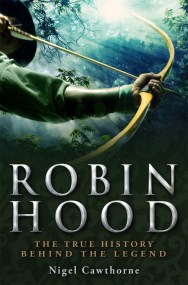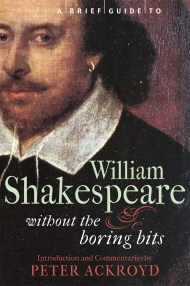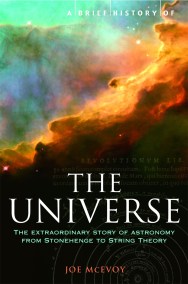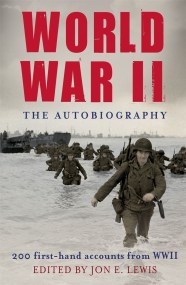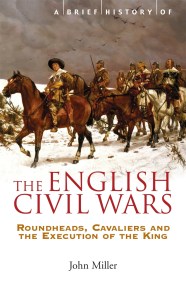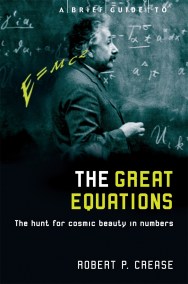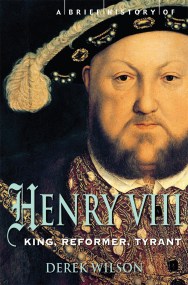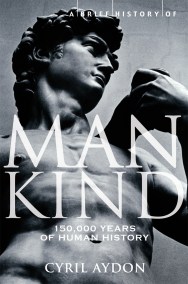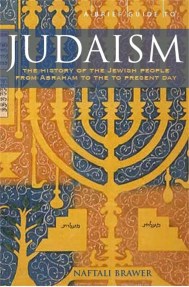Agatha Christie’s 80 novels and short-story collections have sold over 2 billion copies in more than 45 languages, more than any other author. When Christie finally killed off her Belgian detective, Hercule Poirot, the year before she herself died, that ‘detestable, bombastic, tiresome, ego-centric little creep’ in Christie’s words, received a full-page obituary in the New York Times, the only fictional character ever to have done so. From her first novel, The Mysterious Affair at Styles, a Poirot mystery, to her last, Sleeping Murder, featuring Miss Marple, Crawford explores Christie’s life and fiction.
Cawthorne examines recurring characters, such as Captain Arthur Hastings, Poirot’s Dr Watson; Chief Inspector Japp, his Lestrade, as well as other flat-footed policemen that Poirot outsmarts on his travels; his efficient secretary, Miss Felicity Lemon; another employee, George; and Ariadne Oliver, a humorous caricature of Christie herself.
He looks at the writer’s own fascinating: her work as a nurse during the First World War; her strange disappearance after her first husband asked for a divorce; and her exotic expeditions with her second husband, the archaeologist Sir Max Mallowan.
He examines the author’s working life – her inspirations, methods and oeuvre – and provides biographies of her key characters, their attire, habits and methods, including Poirot’s relationships with women, particularly Countess Vera Rossakoff and Miss Amy Carnaby. In doing so, he sheds light on the genteel world of the country house and the Grand Tour between the wars.
He takes a look at the numerous adaptations of Christie’s stories for stage and screen, especially Poirot’s new life in the eponymous long-running and very successful TV series.
Cawthorne examines recurring characters, such as Captain Arthur Hastings, Poirot’s Dr Watson; Chief Inspector Japp, his Lestrade, as well as other flat-footed policemen that Poirot outsmarts on his travels; his efficient secretary, Miss Felicity Lemon; another employee, George; and Ariadne Oliver, a humorous caricature of Christie herself.
He looks at the writer’s own fascinating: her work as a nurse during the First World War; her strange disappearance after her first husband asked for a divorce; and her exotic expeditions with her second husband, the archaeologist Sir Max Mallowan.
He examines the author’s working life – her inspirations, methods and oeuvre – and provides biographies of her key characters, their attire, habits and methods, including Poirot’s relationships with women, particularly Countess Vera Rossakoff and Miss Amy Carnaby. In doing so, he sheds light on the genteel world of the country house and the Grand Tour between the wars.
He takes a look at the numerous adaptations of Christie’s stories for stage and screen, especially Poirot’s new life in the eponymous long-running and very successful TV series.
Newsletter Signup
By clicking ‘Sign Up,’ I acknowledge that I have read and agree to Hachette Book Group’s Privacy Policy and Terms of Use
Reviews
Praise for A Brief Guide to J. R. R. Tolkien:
An excellent introduction to the author’s work and world.
Praise for A Brief History of Sherlock Holmes:
There is a lot here and not a wasted word.
Praise for A Brief Guide to James Bond:
The perfect introduction to the Bond industry.

